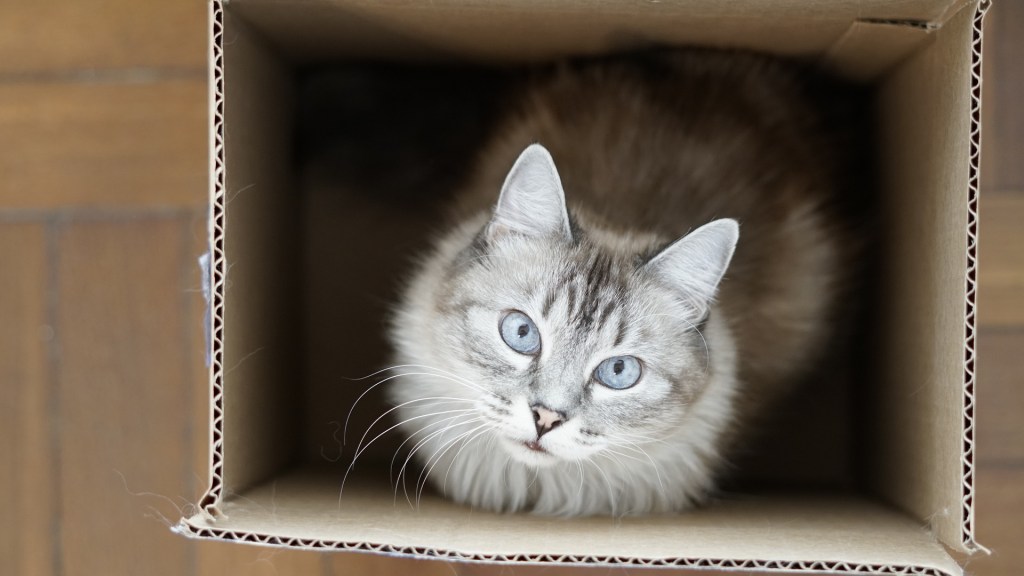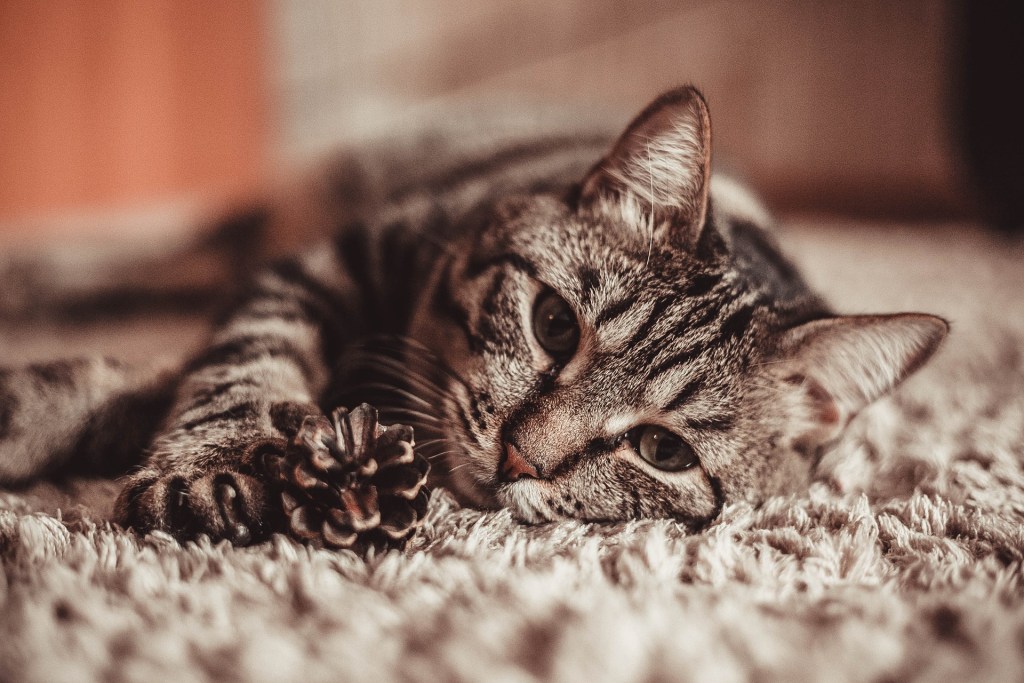Bringing home a new cat can be stressful for both you and your new furry family member. Fortunately, there are many ways you can help reduce your cat’s stress and make the transition period easier for your cat. As your new cat settles in, he’ll need some support from you, but he’ll also need you to be patient with him. He’s undergoing a big life change, and as excited as you are for him to be around, the best thing you can do is to give your cat some time and space while he adjusts. He’ll be roaming the house and hanging out with you soon enough if you follow these tips.
Give your cat his own space
To boost your new cat’s confidence, give him his own space in your house where he feels secure. This might be a spare bedroom or office. Give your cat free range of this room so he can explore and get used to the smells of this new house. You’ll also want to give him a cat bed or blanket all his own. Be sure to put your cat’s litter box and food in this room, too.
Providing your cat with access to just one room initially can make the transition into your home less overwhelming. With only one room to explore, your cat is less likely to start trying to mark his territory. As he gains confidence and begins to feel more secure, you can gradually start letting him explore the rest of the house.

Keep kids and other pets away
It might be tempting to try to hold your new cat and spend extra time with him, but this can be overwhelming for many cats. Instead, your cat could probably use some quiet time and some distance so he doesn’t feel pressured to interact with you.
This is particularly important when it comes to kids and other pets in your home. Have a discussion with your whole family about what your new cat needs and get your kids on board with leaving the cat alone initially. You can start short, supervised visits as your cat feels more comfortable.
Establish and stick to a schedule
Cats are creatures of habit, so get your cat used to the household schedule. Feed him at the same times each day, and as you start to visit him, try to incorporate those visits into your routine, too. This schedule can give your cat a sense of consistency and help him feel safer.
Make gradual introductions to pets
If you have other pets in your home, you’ll need to gradually introduce them to your new cat. This is best done by letting the pets meet each other by sniffing underneath a door and then by putting a pet gate into the doorway so pets can see each other as you supervise.
Pet introductions can be tricky, and if you’re introducing your new cat to a dog, you’ll want to always have the dog leashed and under control during these meet and greets. Plan to do many short introductions in a controlled setting to help your pets get to know each other safely.

Keep your cat’s diet consistent
Moving to a new home is stressful, and that stress can cause some digestive upset for your kitty. Make sure you keep your cat’s diet consistent during this time. Ask the shelter or the breeder that you got your cat from what the cat’s diet was and buy that same food in that same flavor. Once your cat is well settled in, you can gradually change his diet, but keep that food consistent to support his tummy health during his first few weeks at home.
Use pheromones and be patient
Consider using pheromones to promote a sense of calmness and confidence in your cat. Pheromones are available in a spray that you can use throughout the room, or you can get a diffuser that will automatically release the pheromones throughout the day for a more consistent, hands-off application. This can be a helpful way to give your cat’s confidence an extra boost.
With time, you can gradually increase your cat’s access to the rest of the house, and you can make those sessions where your cat interacts with your kids and other pets longer. But it’s important not to rush this process, or you could frighten your new cat and leave him feeling less confident than before. With patience and time during this settling-in period, your new cat will gain confidence and become more comfortable in his new home. Soon, he’ll be another member of the family who roams the entire house and comfortably interacts with you, your kids, and your other pets.


